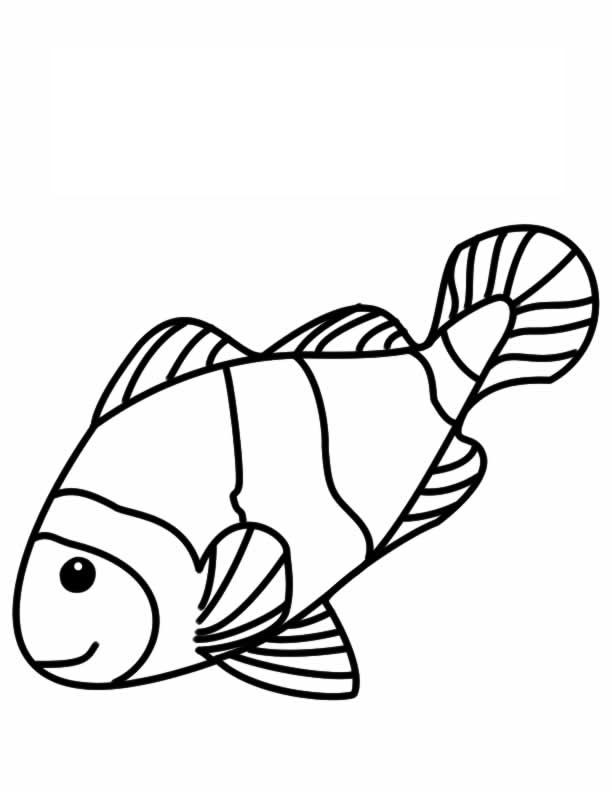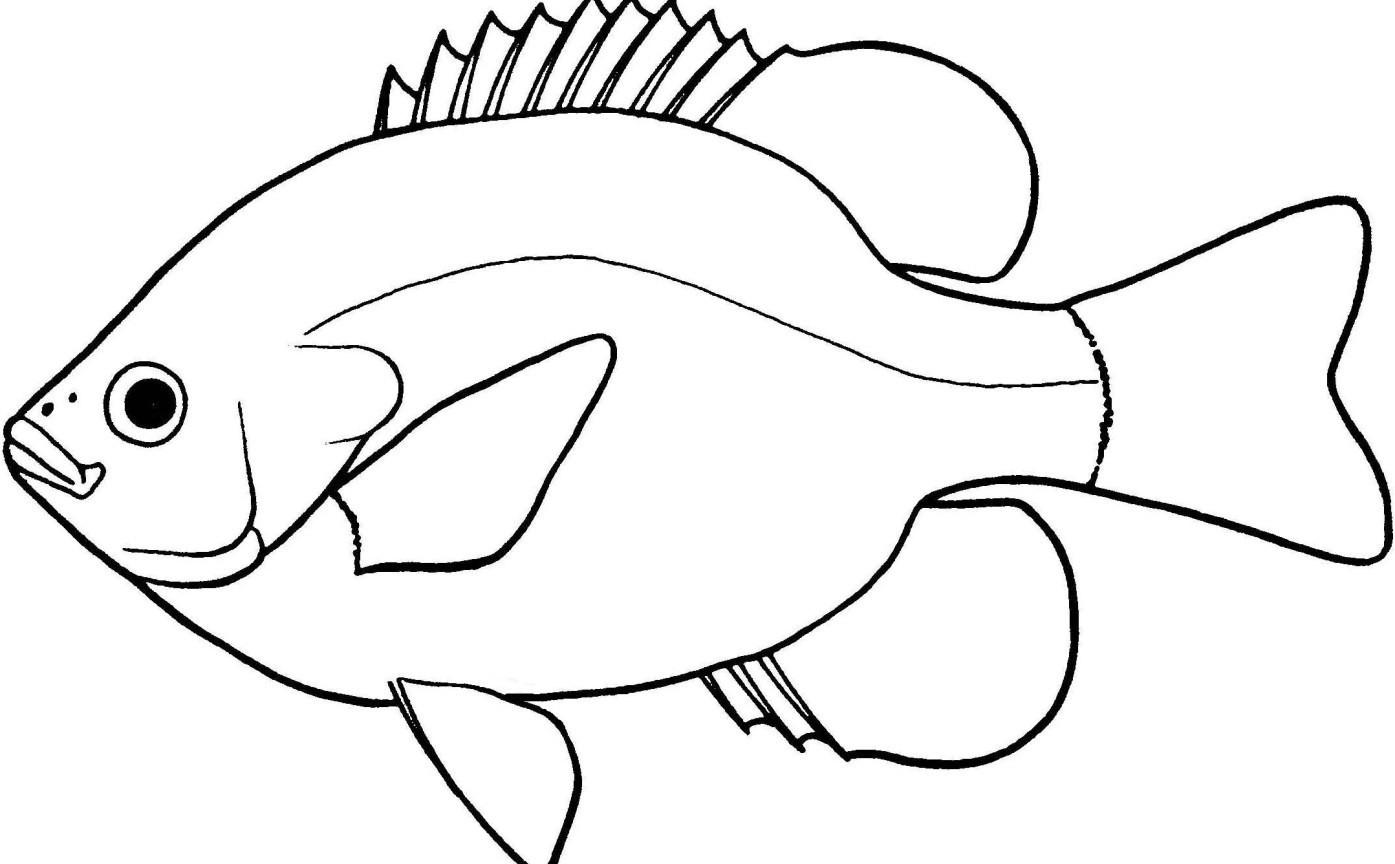
In 1864, Theodore Gill moved the electric eel to its own genus, Electrophorus. He noted that the fish is from the rivers of Surinam, that it causes painful shocks, and that it had small pits around the head. When the species now defined as Electrophorus electricus was described by Carl Linnaeus in 1766, based on early field research by Europeans in South America and specimens sent back to Europe for study, he used the name Gymnotus electricus, placing it in the same genus as Gymnotus carapo (the banded knifefish). Some captive specimens have lived for over 20 years. Electric eels grow for as long as they live, adding more vertebrae to their spinal column.

They are nocturnal, obligate air-breathing animals, with poor vision complemented by electrolocation they mainly eat fish. In 2019, electric eels were split into three species: for more than two centuries before that, the genus was believed to be monotypic, containing only Electrophorus electricus. This order is more closely related to catfish.

Their electrical capabilities were first studied in 1775, contributing to the invention in 1800 of the electric battery.ĭespite their name, electric eels are not closely related to the true eels ( Anguilliformes) but are members of the electroreceptive knifefish order, Gymnotiformes. They are known for their ability to stun their prey by generating electricity, delivering shocks at up to 860 volts. The electric eels are a genus, Electrophorus, of neotropical freshwater fish from South America in the family Gymnotidae. Electrophorus multivalvulus Nakashima 1941.Selecting a region changes the language and/or content on. Remember that they overlap and follow the contours of the fish’s body, with scales near the head larger than those near the tail. You’ll find that fish scales vary in size, shape, and color. If you want to capture the individual scales of a fish, study your reference images. To represent the delicate, transparent fins, Braun lowered the opacity of his brush to around 40 or 50% to achieve that look. For his Moorish idol, Braun extended the dorsal fin triangle to a long point trailing behind the fish. She also adjusted the fish’s mouth by adding detail to the lips and drawing another curved line to represent the cheek. Those are very sharp spines and the fish can raise and lower the dorsal fin using those spines,” Whitlatch says.įor her tuna, Whitlatch added more soft lines to give texture to the other fins and detail to the triangular spines. “I added the spines to that front part of the dorsal fin. For example, Whitlatch adjusted the top of the tuna’s head above the eye. If you’re drawing digitally, you can create a new layer and refine the lines of your fish as you fill in more details. To build on the basic circular shape of the idol’s body, Braun suggests adding some loose, rounded triangles to the top and bottom, adding two triangles for the tail, and, of course, a small oval for the eye. If you’re sketching a tropical fish like the Moorish idol, you have fewer features to worry about. Finally, draw the tail, which is shaped like a crescent moon with symmetrical lobes. Tunas also have a ridge of small triangular fins that go from those dorsal fins to the tail, so be sure to draw those. Then add the bottom half of that boomerang, the anal fin, on the underside.

Then draw the second dorsal fin, which looks like the top half of a boomerang. Draw the ventral fin on the chest area right below the pectoral fin, and the long, spiny first dorsal fin on the top of the tuna. On a tuna, the pectoral fins directly behind the gill covers are like the arms. Use your reference photos to help you add fins. This line represents the swim bladder, which helps the fish orient itself and maintain depth in the water. For a tuna in profile, add a vertical curve to represent the gill cover, and a lateral line from head to tail. Note that bony fish tend to have lower jaws that jut out past the upper jaws, the opposite of sharks. Add the eye, nostril openings, and mouth.


 0 kommentar(er)
0 kommentar(er)
